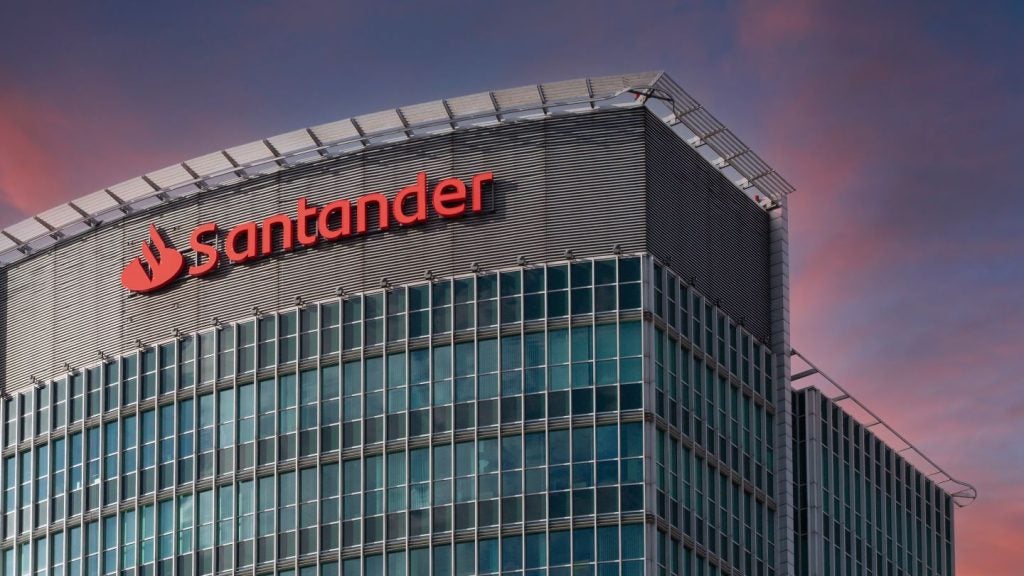By almost any measure, open banking is succeeding in the UK.
According to the most recent Open Banking Impact Report which covers activity through June 2023:
- Over 1 in 9 Brits, and 17% of small businesses in the U.K. now use open banking services.
- Payments have been the primary driver along with financial decision-making and borrowing. Together, these three use cases account for 75% of all open banking transactions.
- 9.7 million open banking payments were made in June 2023, up 88% vs. June 2022.
- Open banking payments volume doubled in the first six months of 2023 vs. the same period in 2022.
- The average transaction value of those payments was approximately £450, putting the total monthly value at approximately £4.5 billion.
And we’ve seen further growth since, with 10.8 million open banking payments made in August 2023. The technology and the payments themselves are working smoothly.
So, what’s the problem?
On their own, the open banking stats show great momentum. But in the broader context of UK payments, 10 million transactions a month is nothing. There were 2.13 billion debit and credit card transactions in the UK in August totalling £74.2bn. Even more telling, there were almost 400 million Faster Payments bank transfers in June totalling £315bn. So, in most cases payers are manually populating a bank transfer rather than using open banking to automatically populate the same payment type.
That last piece is indicative of a more systemic problem—no one knows they are actually using open banking. Even if someone has been through a seamless open banking experience, it is so silent that it’s hard to build up any customer awareness of this technology, let alone a preference for open banking over other payment types.
To date, the “adoption” of open banking in the UK has largely been fueled by a combination of government regulation and by certain sectors that have a particularly strong desire not to use cards. In the vast majority of day-to-day transactions, customers and merchants will default to the well-known payment methods offered to them at checkout – Visa, Mastercard, and overlays from the tech giants.

US Tariffs are shifting - will you react or anticipate?
Don’t let policy changes catch you off guard. Stay proactive with real-time data and expert analysis.
By GlobalDataWhere branding fits in
The EU has several examples of country-specific payment methods recognised and trusted by consumers and businesses that operate similarly to open banking. iDEAL in the Netherlands is an online payment method supported by all the major Dutch banks. It accounts for close to 55% of online transactions in the country. TWINT is the leading payment app in Switzerland with over 5 million users and it is available to approximately 90% of all bank account holders in the country.
Sofort in Germany, Multibanco in Portugal and Swish in Sweden all fill similar roles as well-recognised and trusted domestic payment options. Each of these payment methods not only has a well-known brand, but each also offers a consistent user experience that consumers and businesses like and trust.
For open banking payments to realise its full potential in the UK, we as an industry will need to deliver a similar brand experience.
There are a few brands forging a path in open banking across Europe. Trustly is among the most visible in the space, but they still operate largely behind the scenes as an embedded payment option for their many clients. Tink, acquired by Visa, Token, Truelayer and Volt all play similar roles as the underlying infrastructure for open banking vs. a trusted open banking payment method. In most cases, consumers have no idea they are using these technologies. Nor should they.
Technology is not an issue
This is clearly not a technology problem. The underlying infrastructure is in place. To realise the full potential of open banking requires a collaboration between banks, regulatory entities and fintechs. Merchants will be the ones to offer open banking payments, but the banks and fintechs with the underlying technology infrastructure are the ones that will have to deliver the consistent open banking brand experience. Together the industry needs to decide:
- Does “open banking” require an immediately recognisable brand to be truly successful?
- Can we create broad awareness among merchants and payers about the benefits offered by open banking payments, i.e., convenience, speed, security and reduced friction?
- If so, who funds this?
- Can we establish a consistent open banking payment experience for the payer in terms of setup, consent, payment initiation, verification, confirmation and customer support? And how do we monitor for compliance?
- From the perspective of the payer, they need to know that if they are using open banking to make a payment, that it will be all of those things.
- Should we introduce incentives such as rewards and discounts to encourage the use of open banking payment methods at both the merchant and payer level?
- How are banks incentivised to promote open banking payments?
These are clearly difficult questions for the industry to solve but that shouldn’t stop us from trying to address them to unlock the real potential of open banking payments.
Giles Rowlinson is senior payments manager, EMEA Flywire








